Sam Hyde’s Photography Adventures, 1898-1904, travelogue and personal pictures came in quite the elaborate handmade-showpiece-styled photo-album. Images are of locations in the Illinois side of the St. Louis area, Chicago, Wisconsin and more, even as far off as the Sandwich Islands. A found photos family-archive project for Doug & Eileen Leunig, founders of the city-mural-displaying, Big Picture Initiative, whom have graciously allowed for the digitization and display of Sam Hyde’s images.
Samuel Peake Hyde, born Feb 17, 1850, in St. Francisville, Clark, Missouri; died on April 28, 1921, in Belleville, St. Clair, Illinois. Sam was the son of Edwin C. Hyde and Elizabeth Hyde. Samuel was a clerk for J. G. Green Company, 1867, and then worked with his father as a manager at E.C. Hyde & Co., Storage and Commission, 4 South Commercial Street. Sam resided at 37 North Douglas, Belleville, Illinois.
“In the immediate vicinity of St. Louis, it lies in the very heart of the great industrial center of our nation, from which the mighty arteries of trade and industrial life pulsate to every confine of the land. Surrounding Belleville, roll the richest of the alluvial prairies of St. Clair County, whose fertility is beyond description. These furnish to the husbandman bounteous return for his labors. Underneath these extend the almost inexhaustible fields of coal.” — ‘Belleville, Illinois Illustrated, Some Phases of Life in the City and Many of its Principal Points of Interest’, 1905
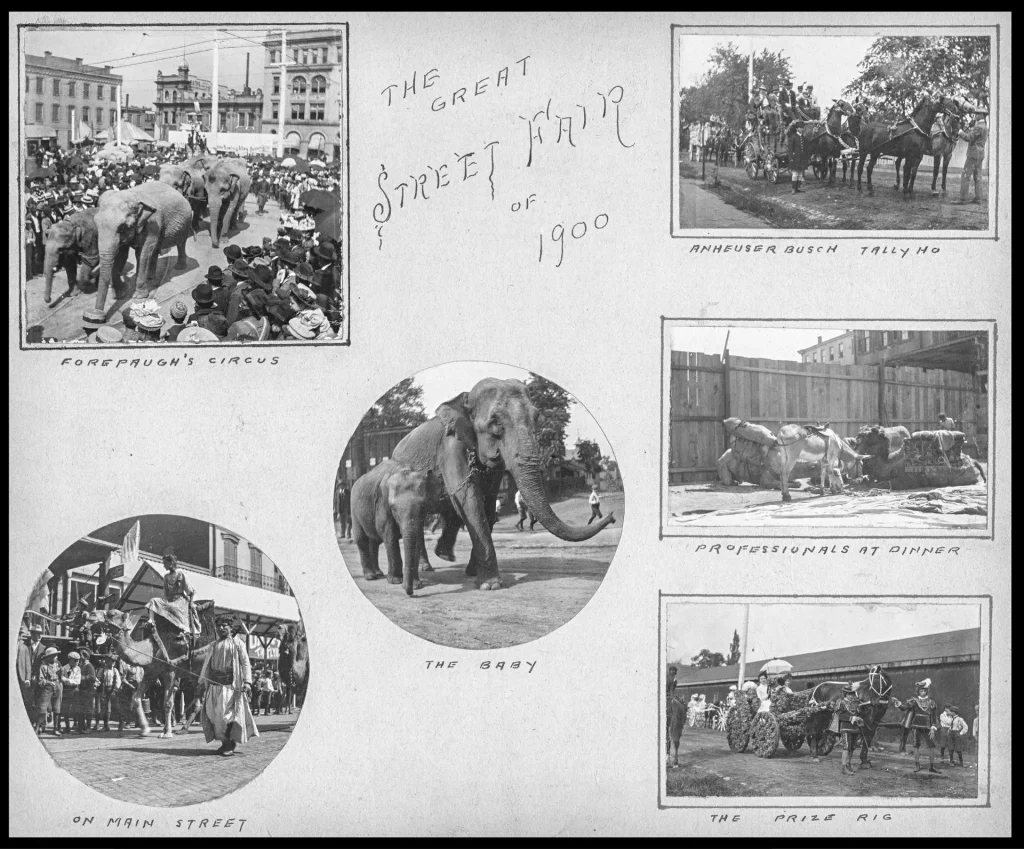
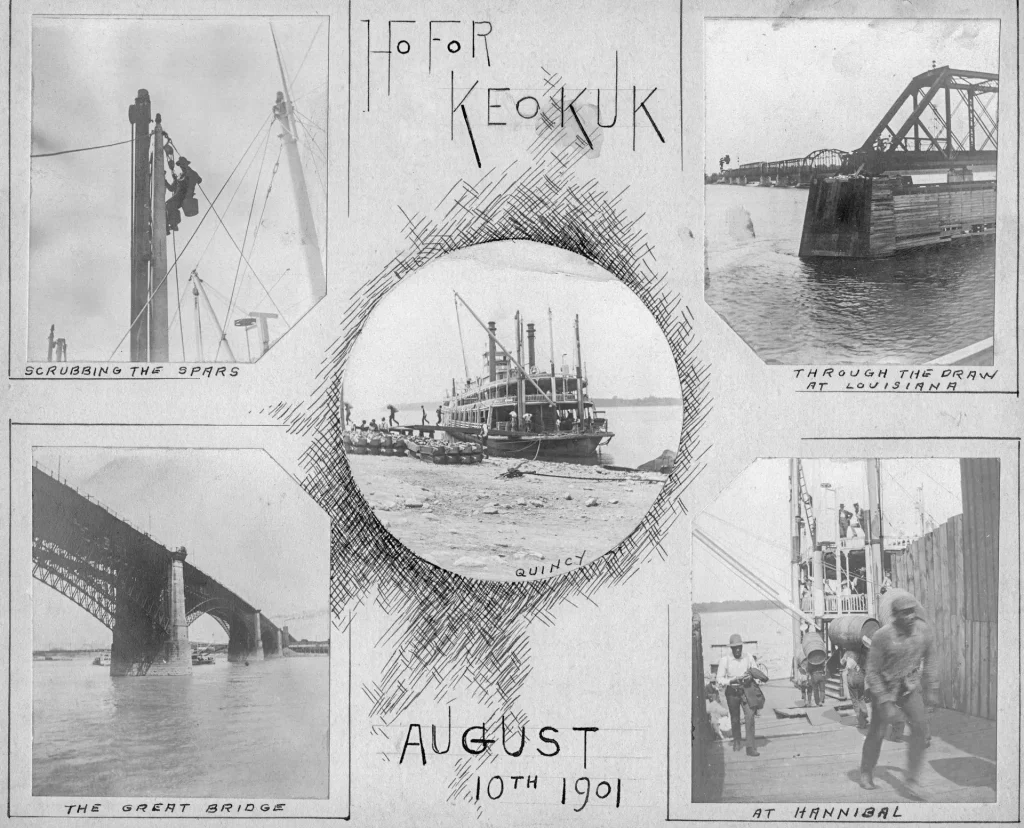
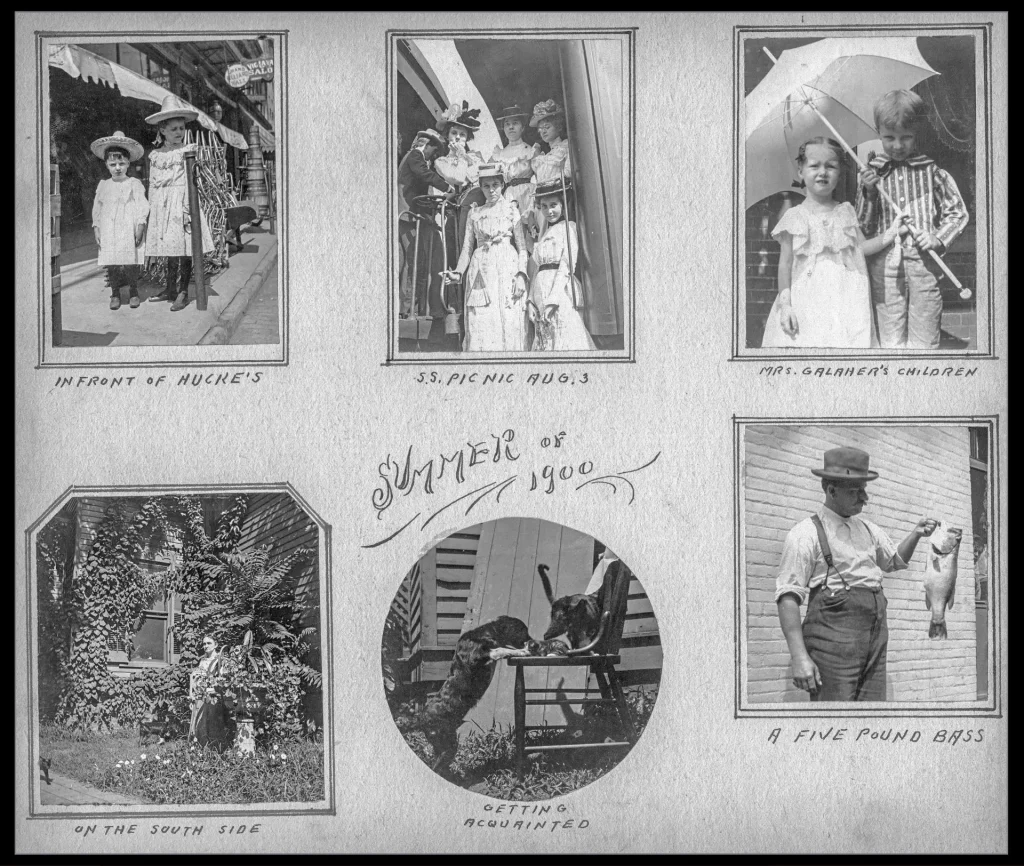
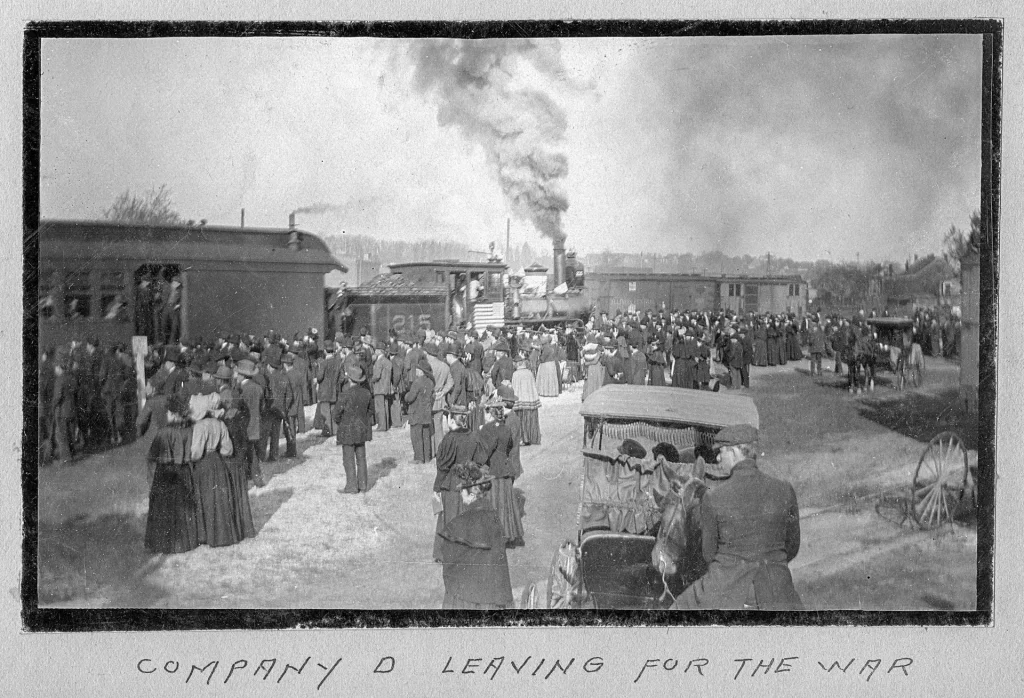
On April 25, 1898 the United States declared war on Spain following the sinking of the Battleship Maine in Havana harbor on February 15, 1898. The war ended with the signing of the Treaty of Paris on December 10, 1898. As a result Spain lost its control over the remains of its overseas empire — Cuba, Puerto Rico, the Philippines Islands, Guam, and other islands. The war had cost the United States $250 million and 3,000 lives, of whom 90% had perished from infectious diseases.
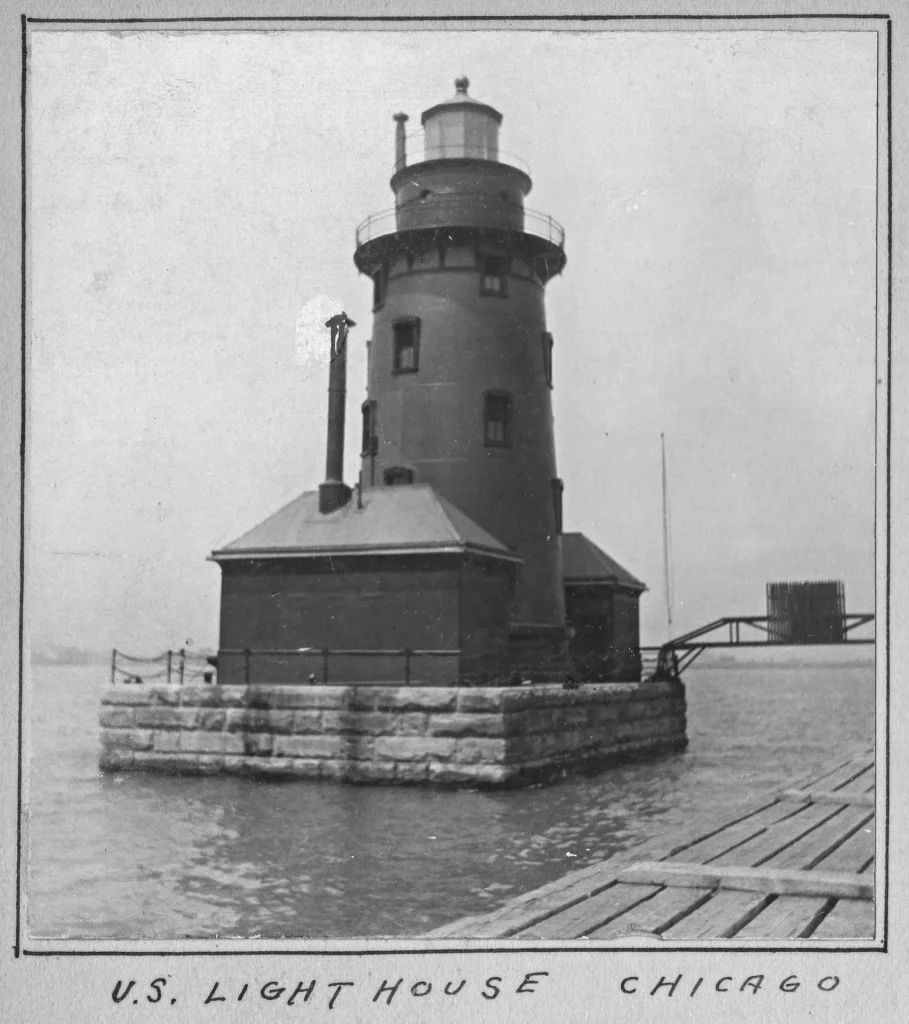
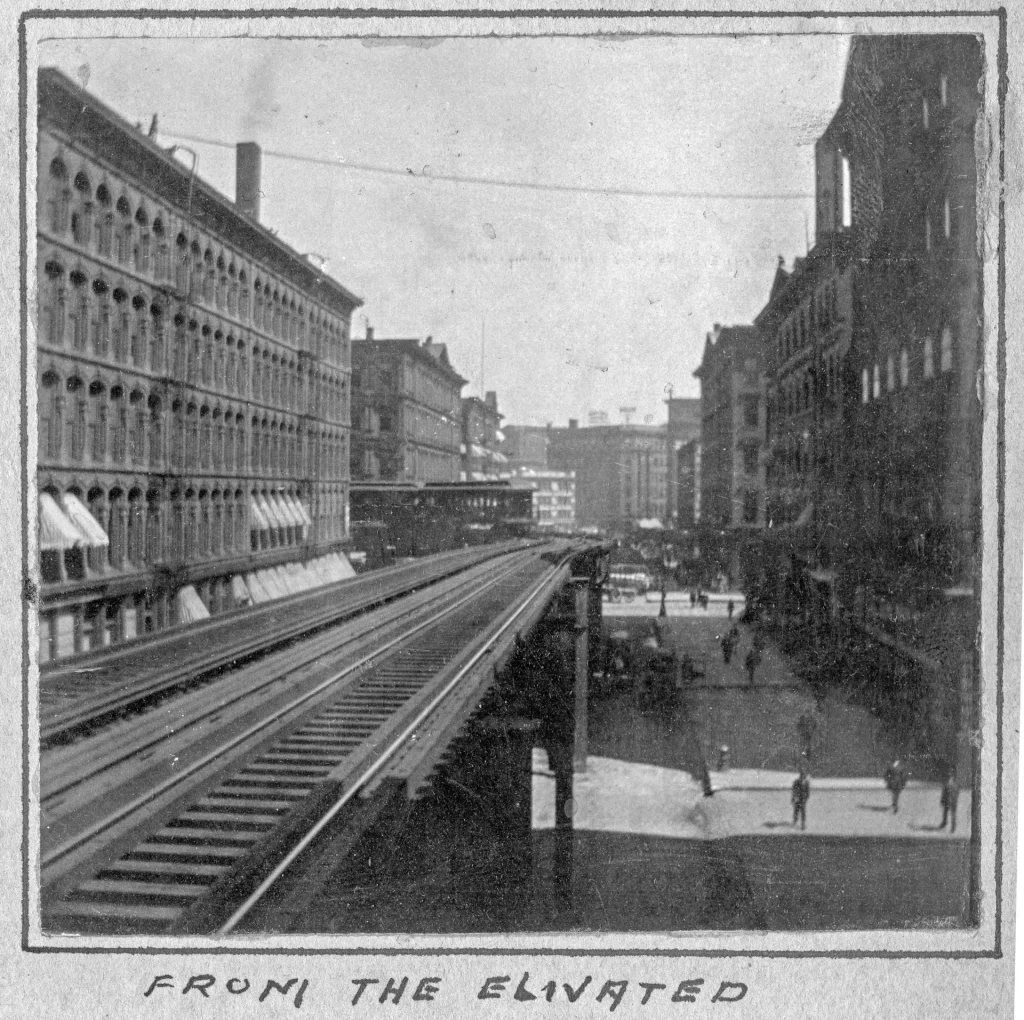
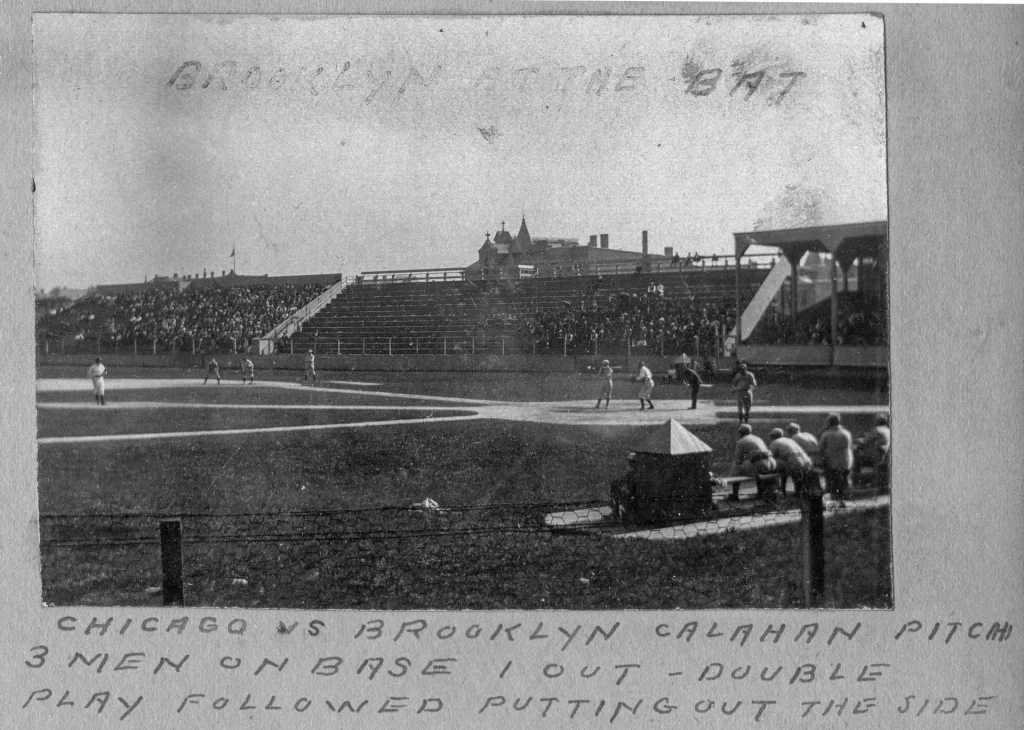
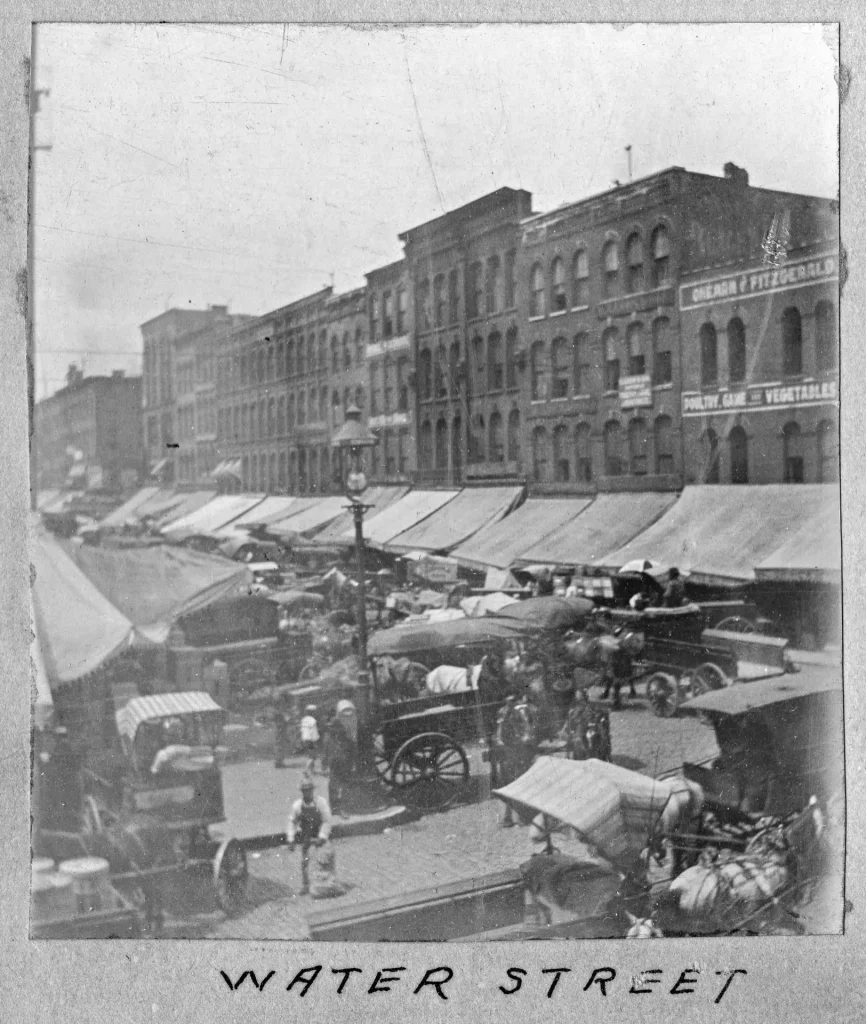
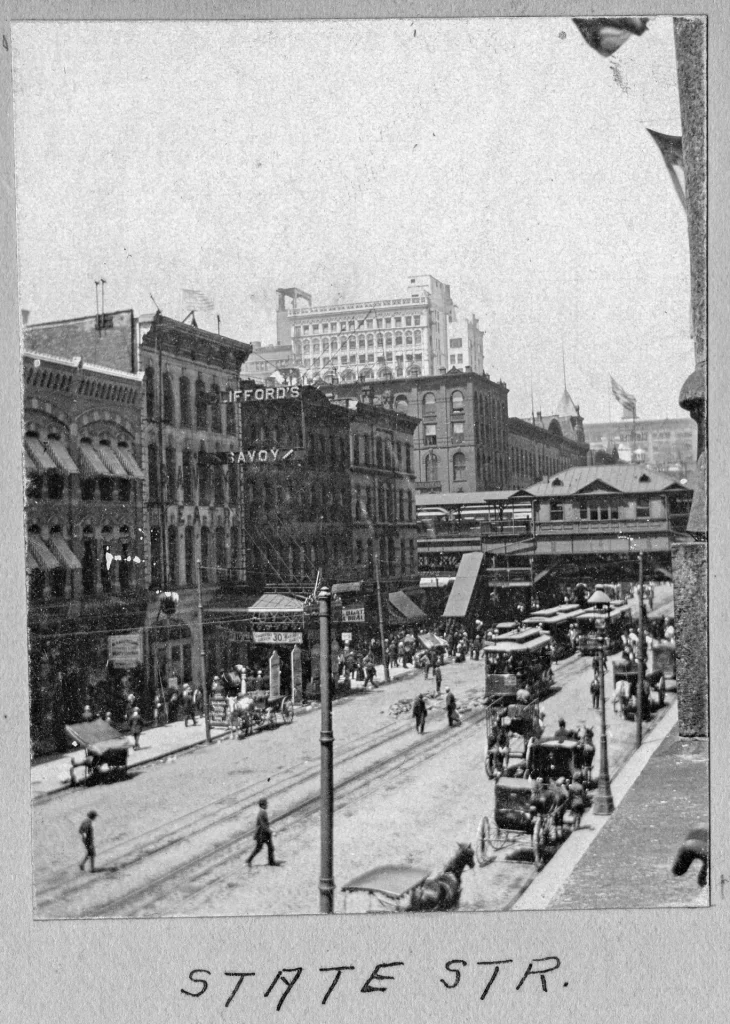
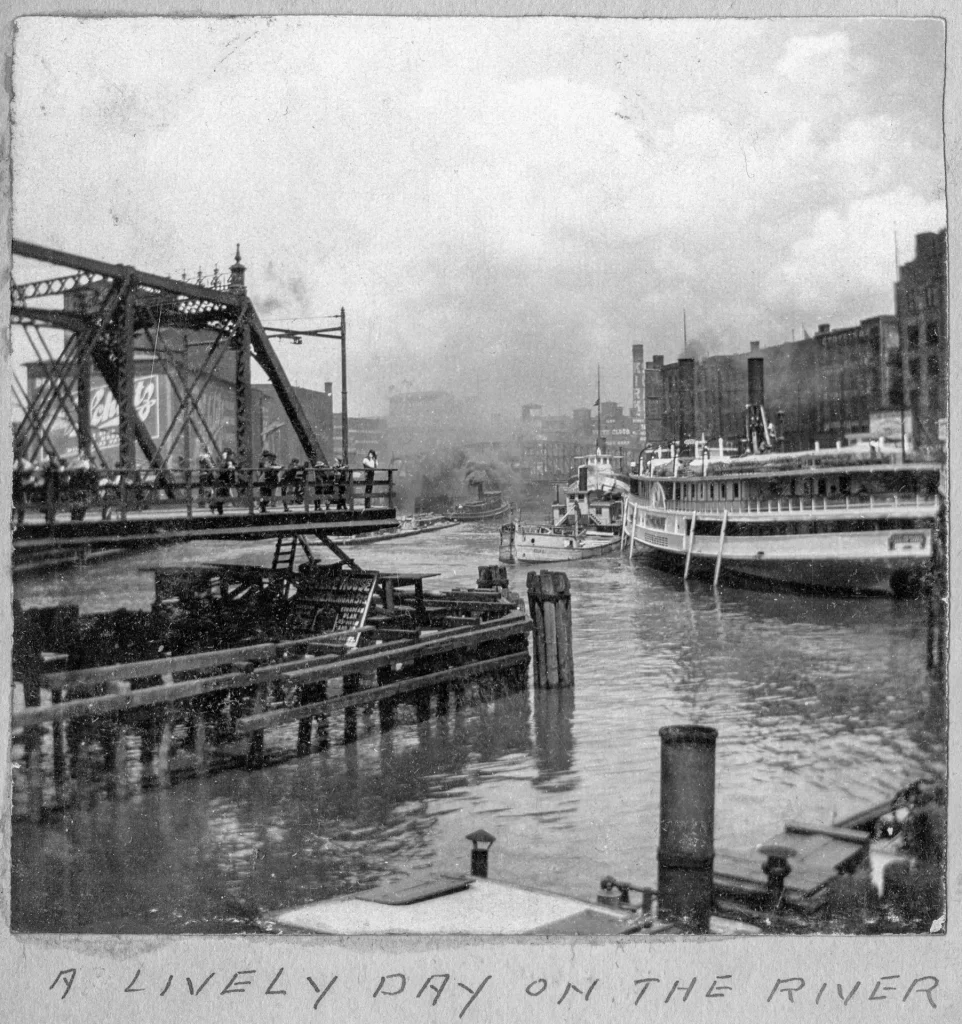
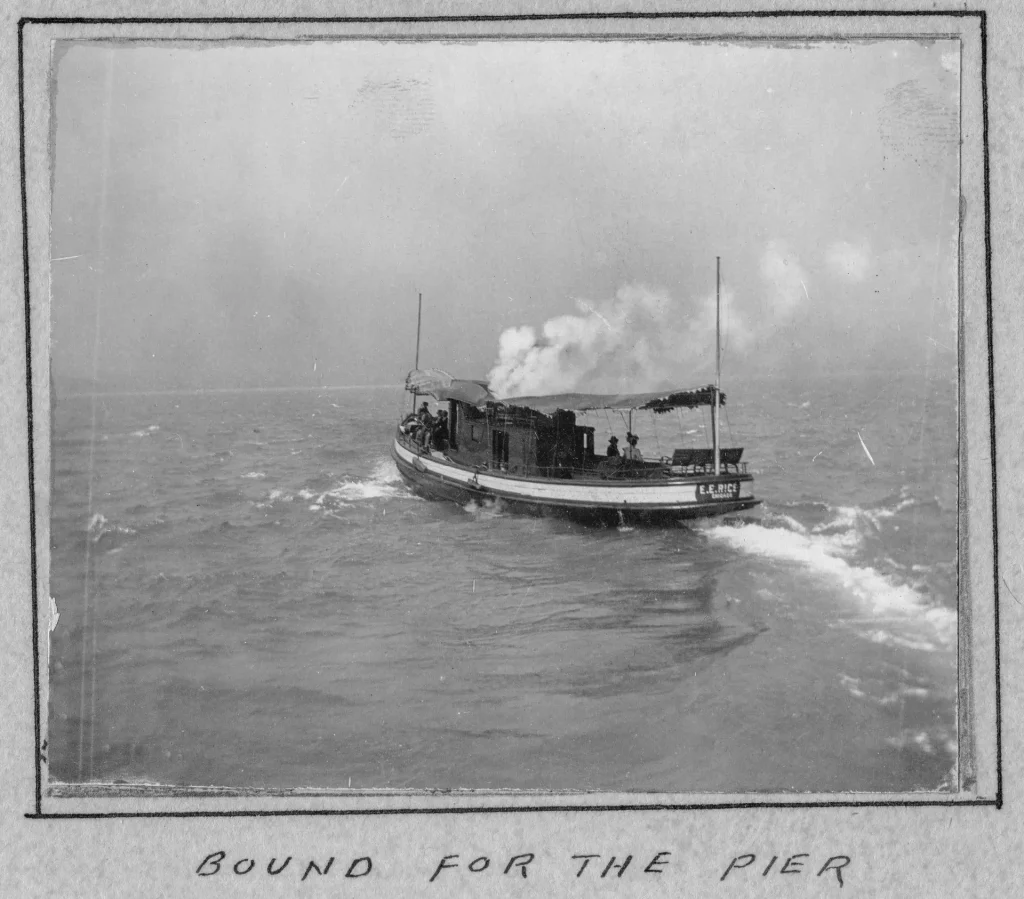
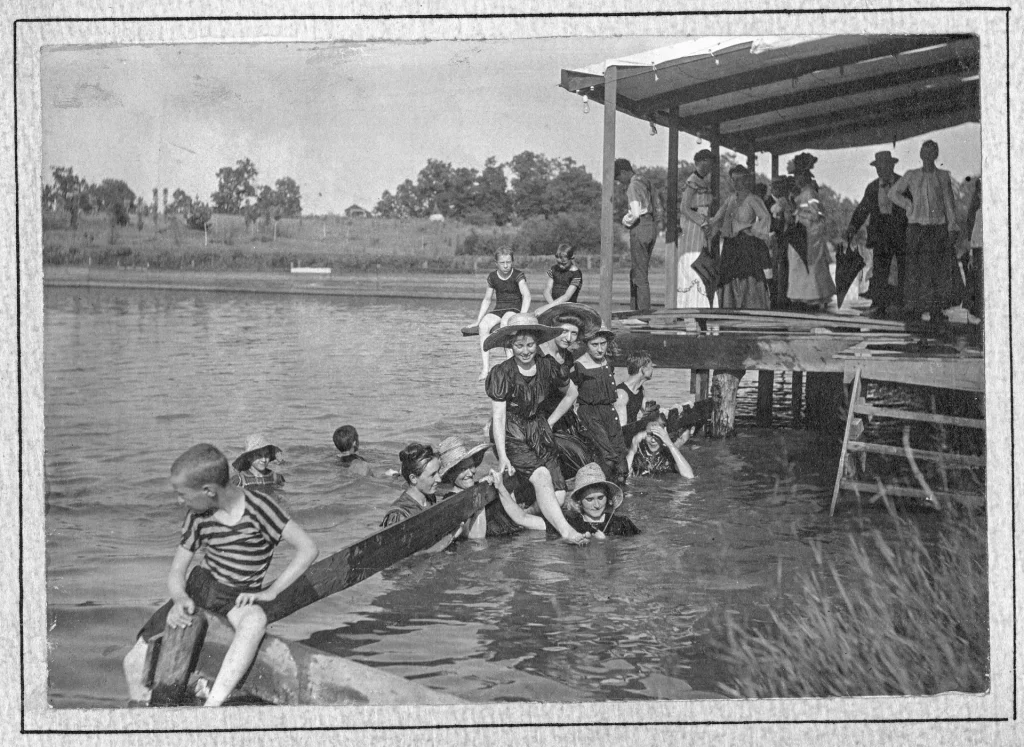
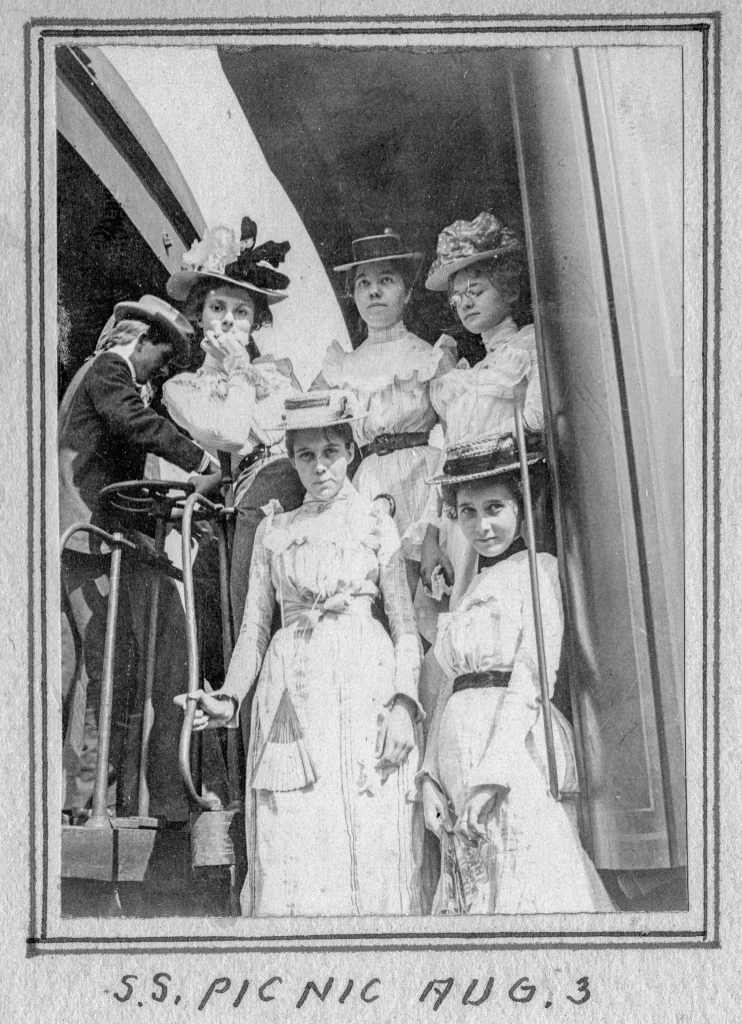
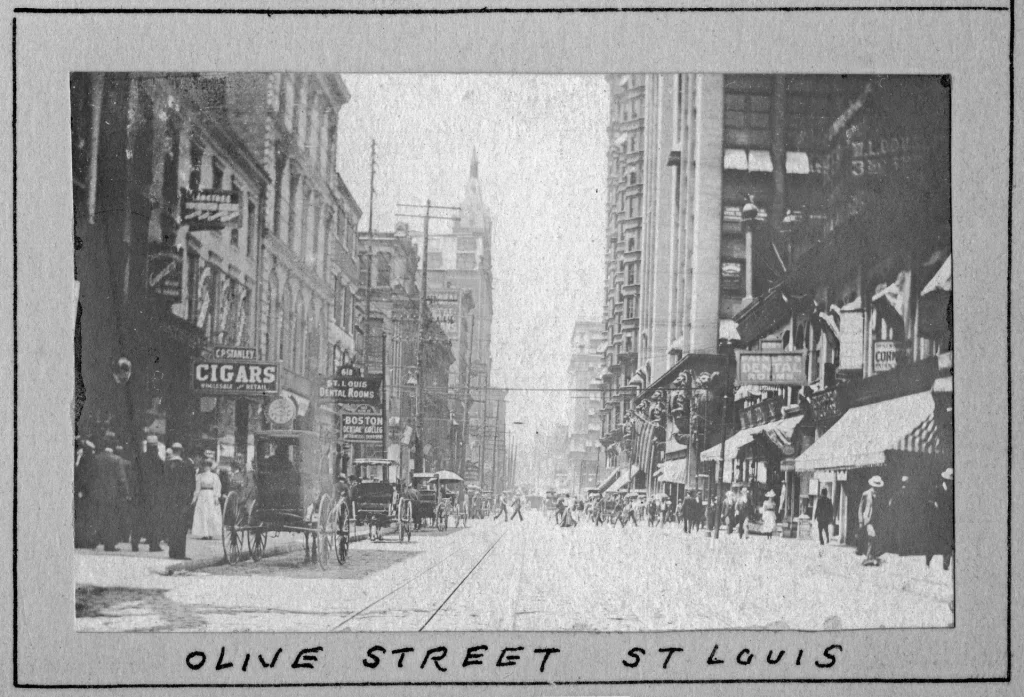
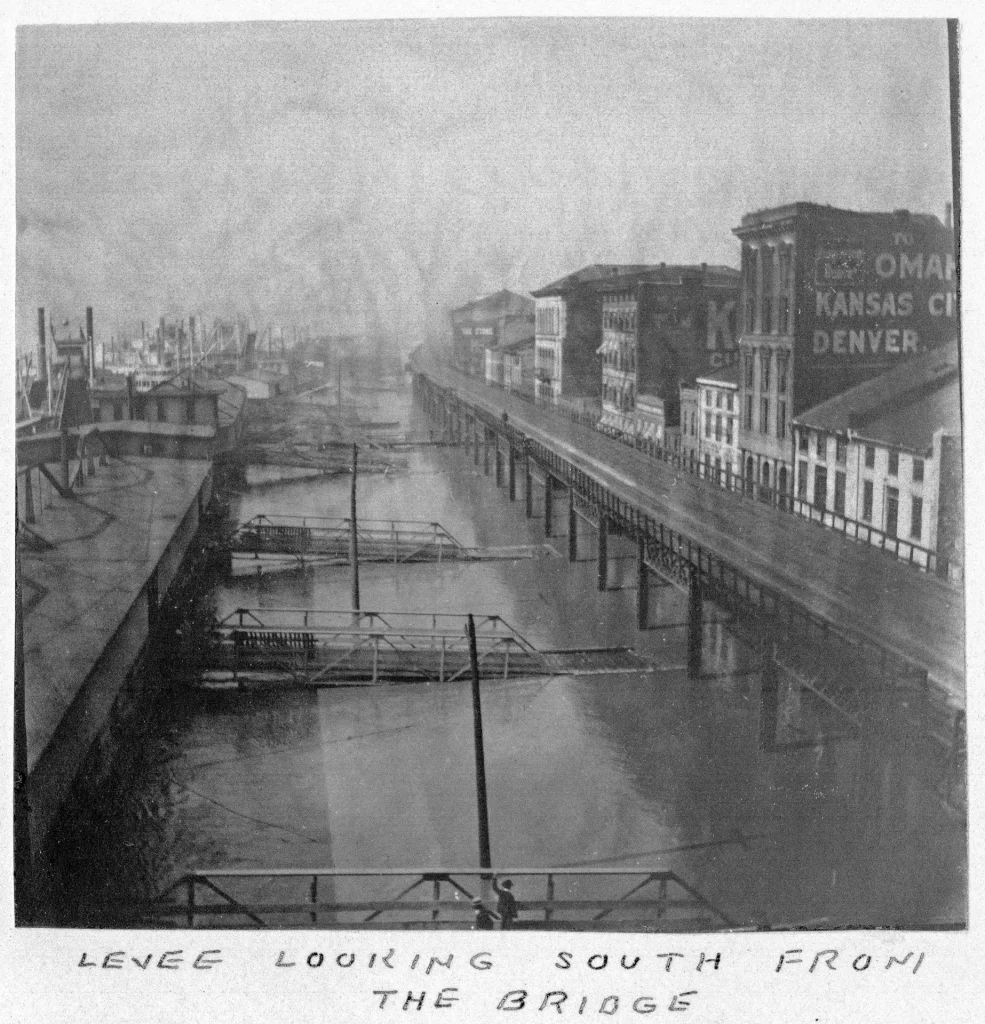
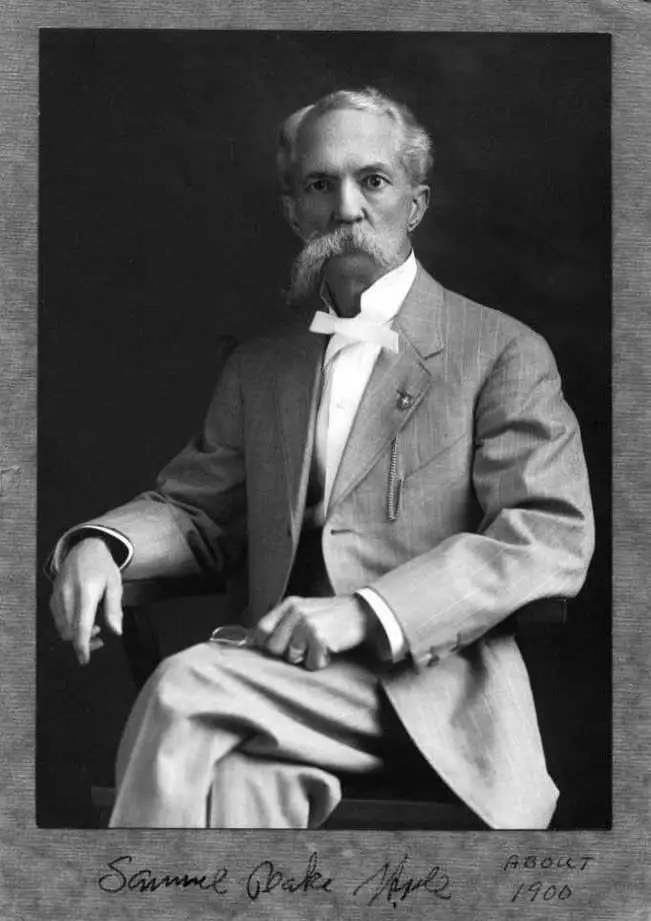
The photos were badly silver mirrored. Silver Mirroring is a form of old picture degradation, that manifests as a reflective, silver bluish cast in the shadows, creating reverse contrast issues in scanning and photoing. The silver in the print’s binder oxidizes over time to form silver ions. I correct digitally, and have found that Charles Berger’s forensic Color Deconvolution plug-in, works in replacing the various dark blues with shaded grays. You can also effectively mitigate silver mirroring through cross polarization techniques.
Share this post:
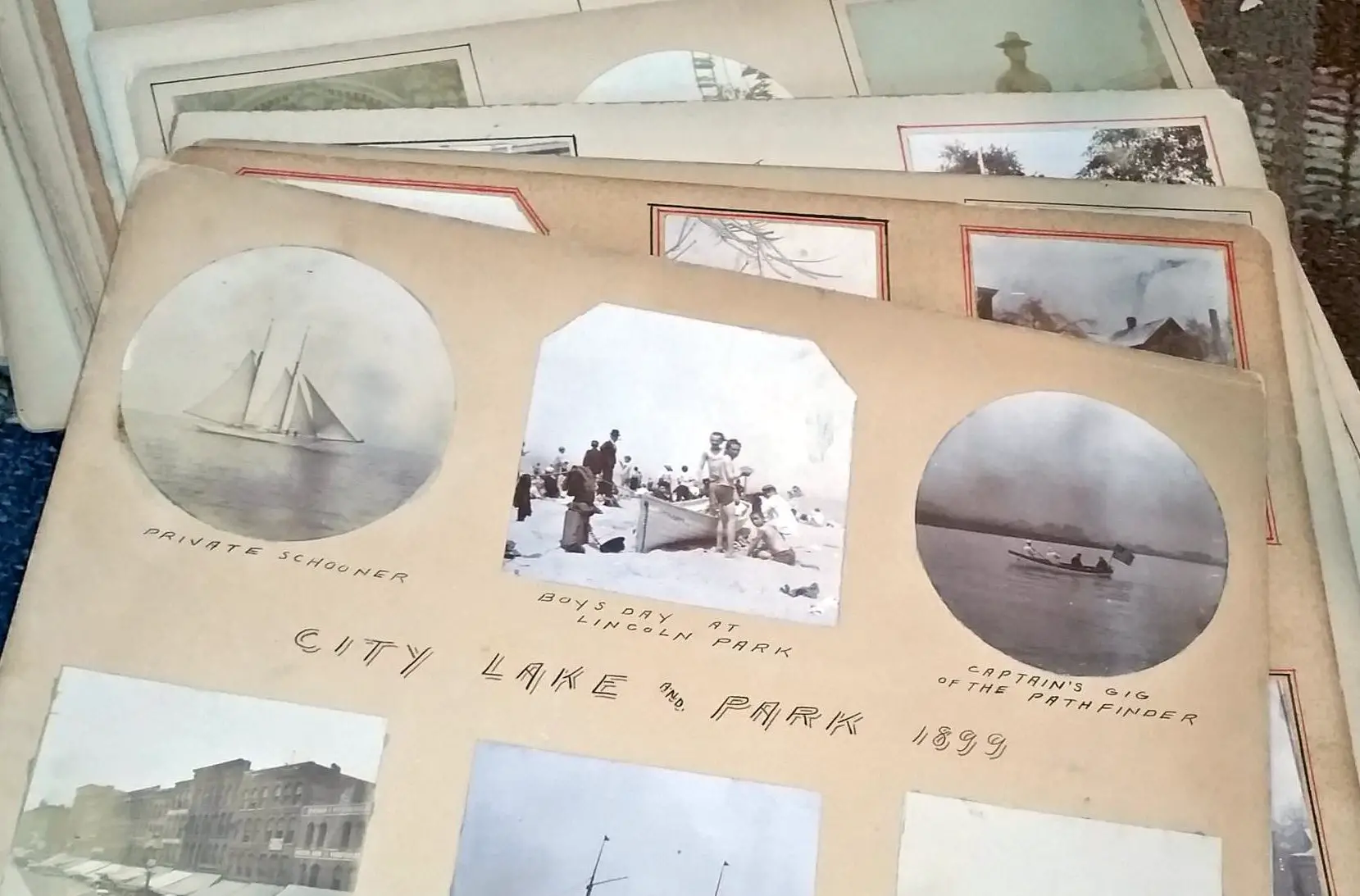
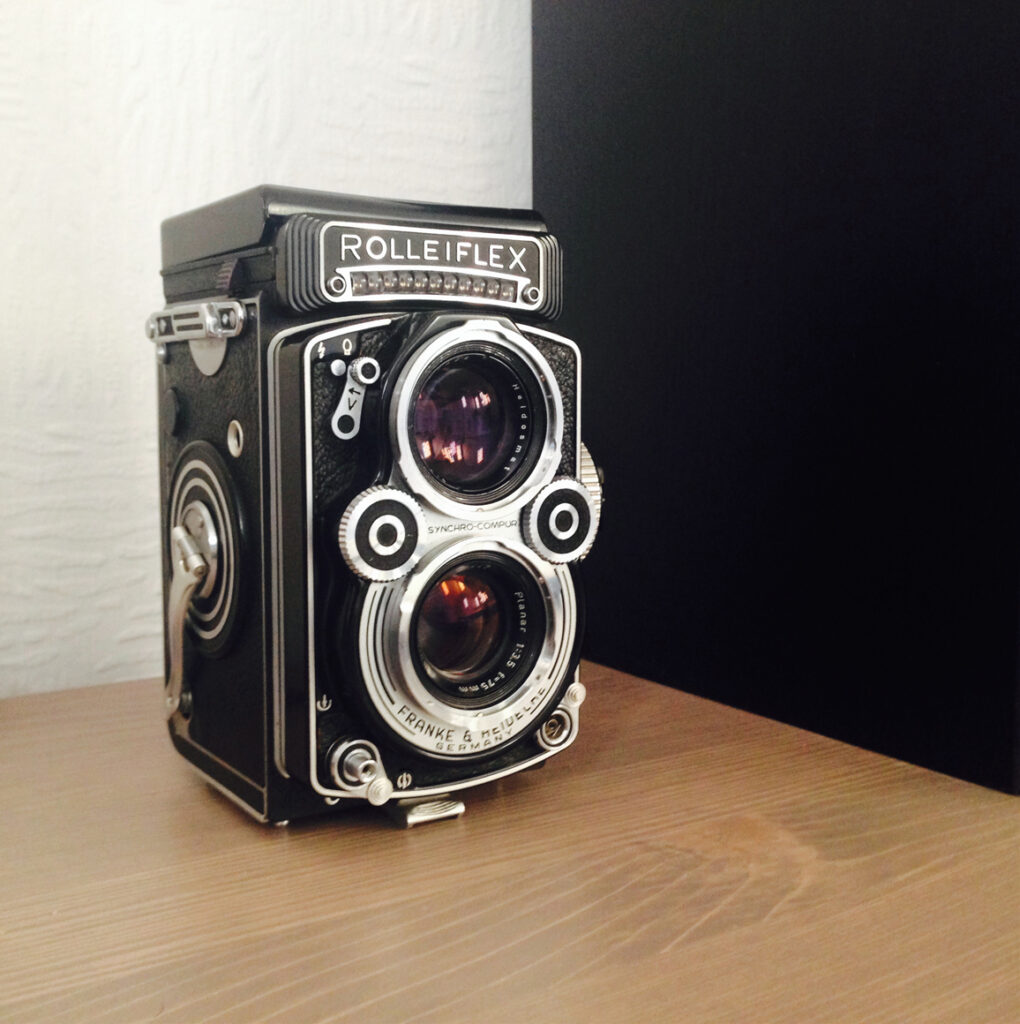
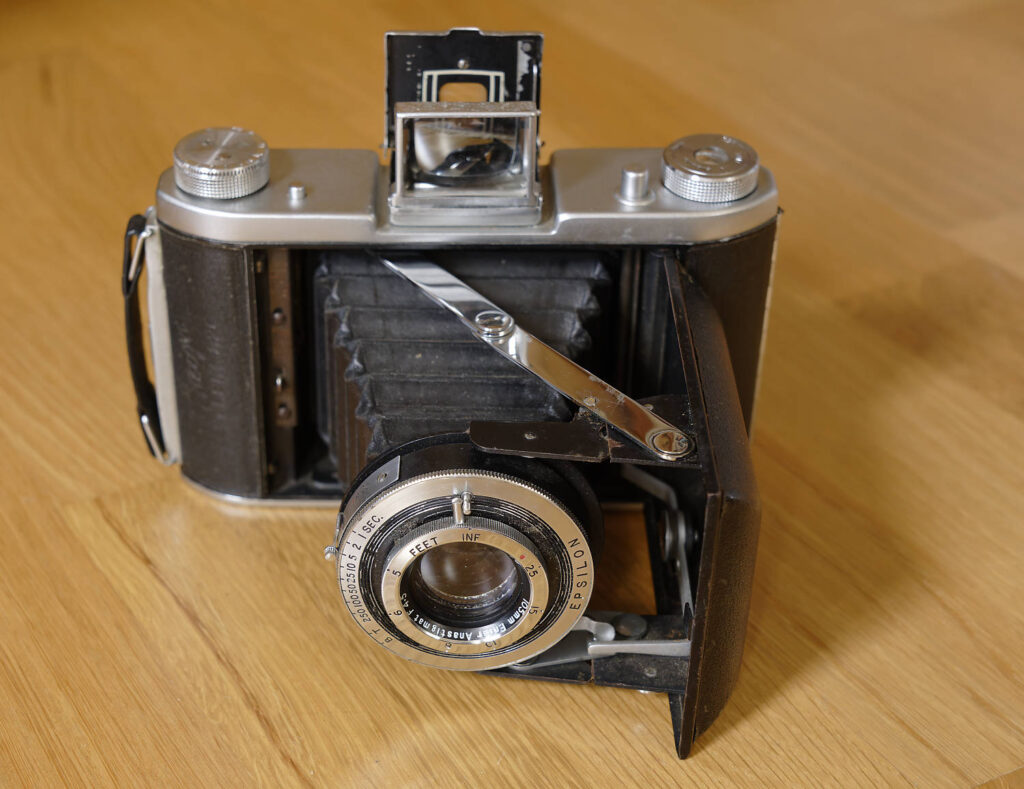
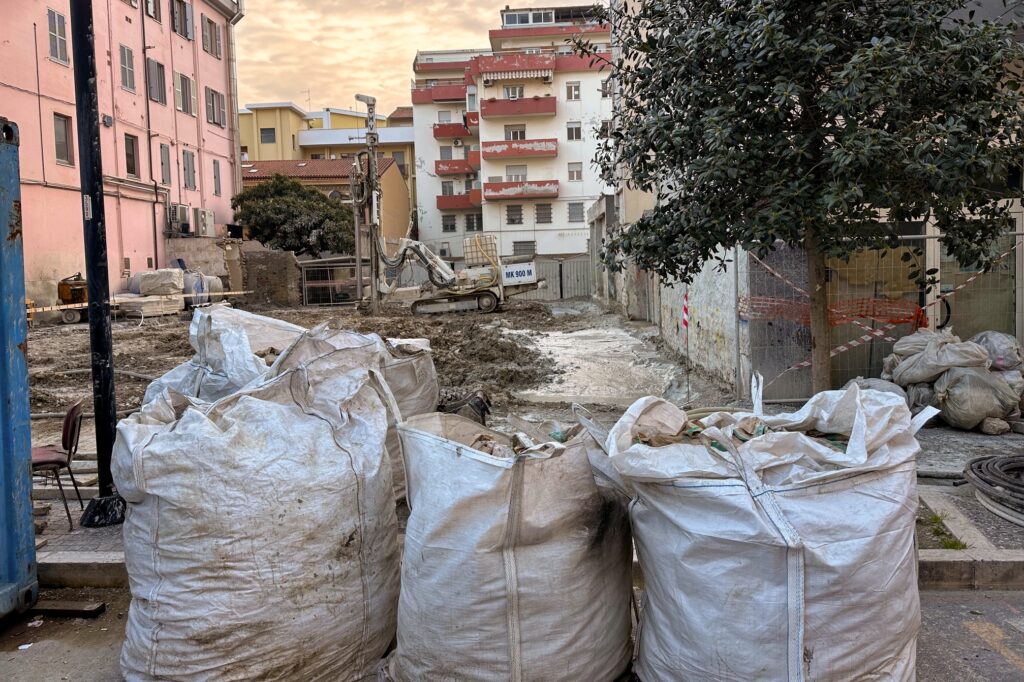
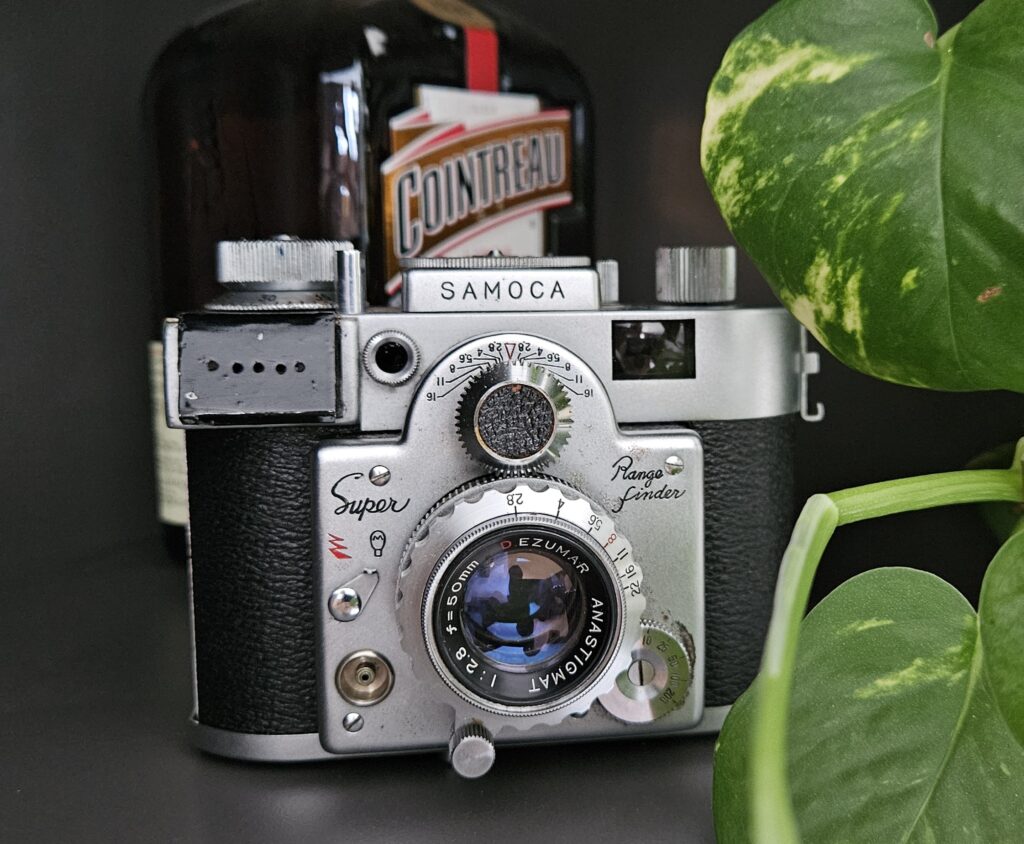
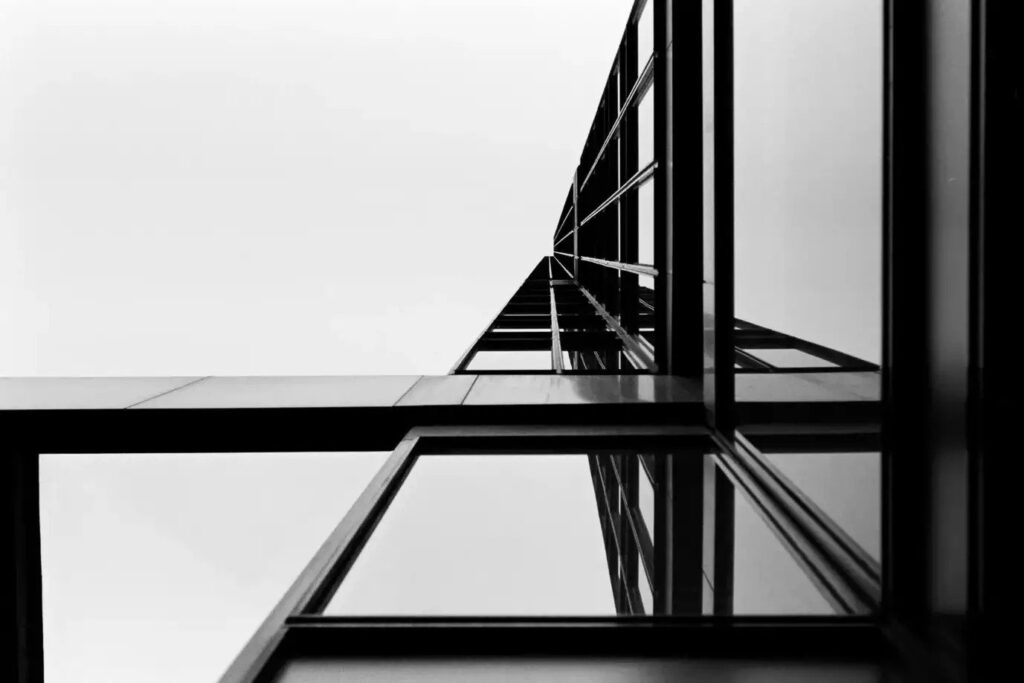
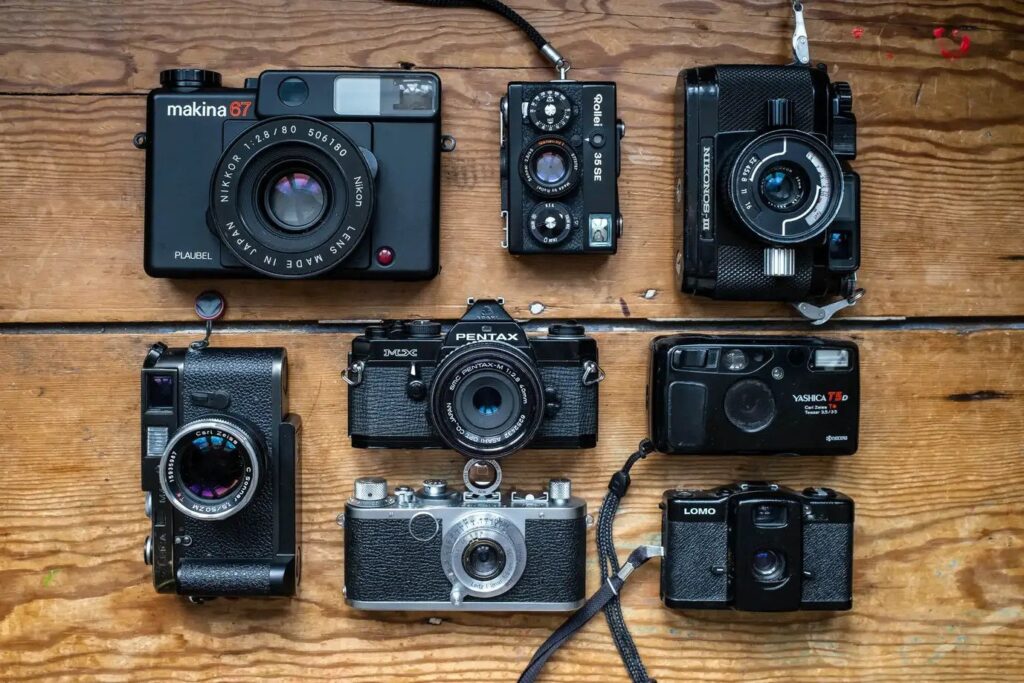
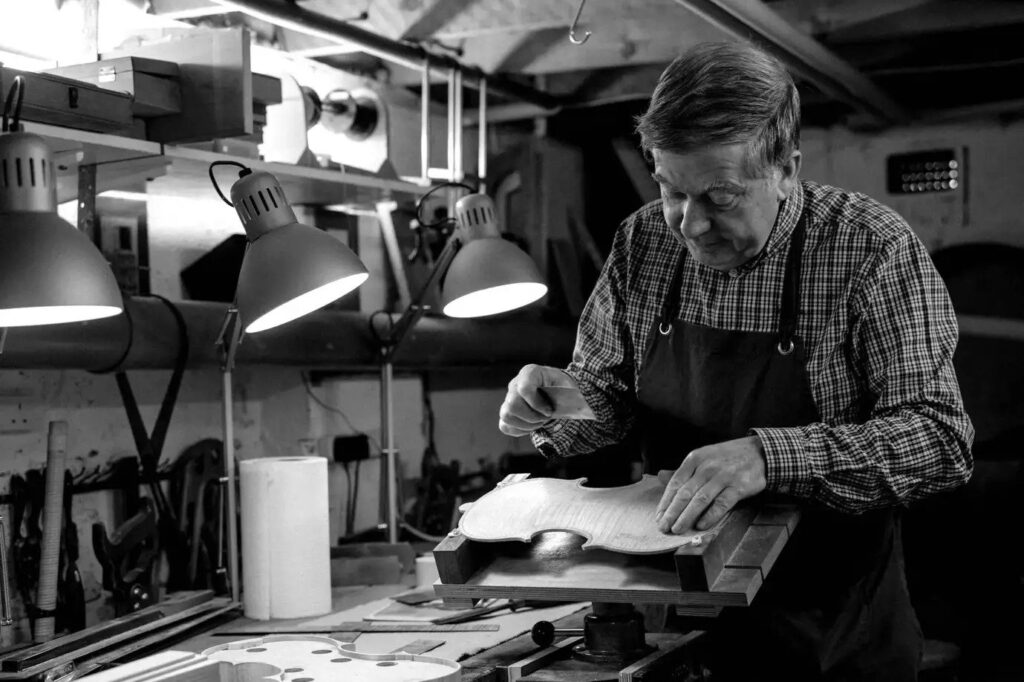
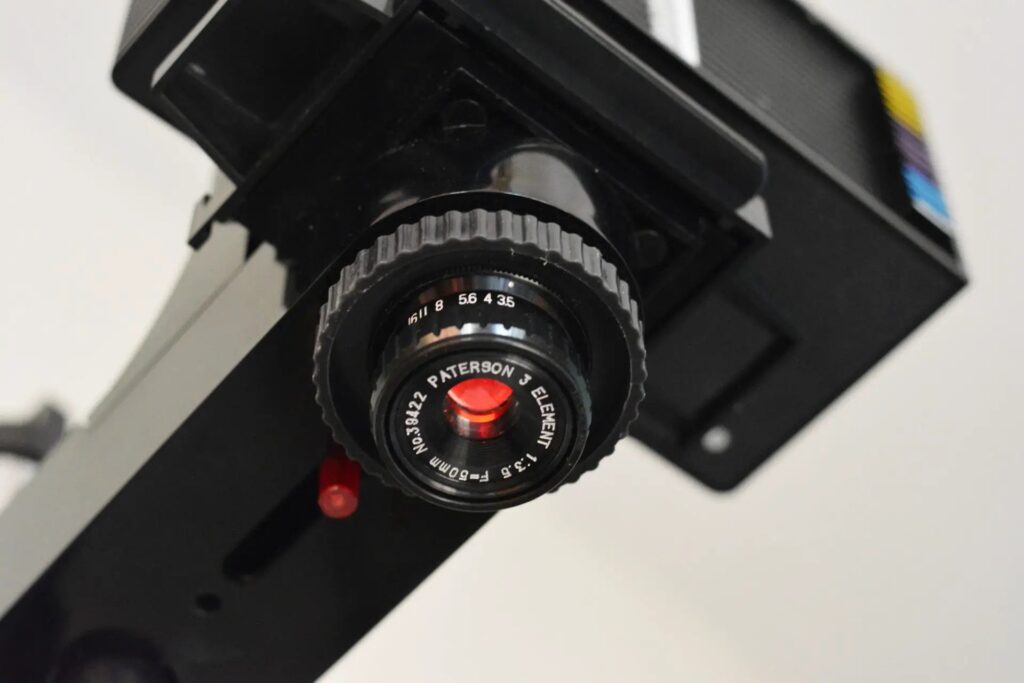
Comments
Jonathan Leavitt on Found Photos – Sam Hyde’s Photography Adventures, 1898-1904 – by Christoph Traugott
Comment posted: 25/10/2020
Peter on Found Photos – Sam Hyde’s Photography Adventures, 1898-1904 – by Christoph Traugott
Comment posted: 25/10/2020
Ian R on Found Photos – Sam Hyde’s Photography Adventures, 1898-1904 – by Christoph Traugott
Comment posted: 25/10/2020
Scott Gitlin on Found Photos – Sam Hyde’s Photography Adventures, 1898-1904 – by Christoph Traugott
Comment posted: 26/10/2020
Michael Jardine on Found Photos – Sam Hyde’s Photography Adventures, 1898-1904 – by Christoph Traugott
Comment posted: 26/10/2020
loris on Found Photos – Sam Hyde’s Photography Adventures, 1898-1904 – by Christoph Traugott
Comment posted: 26/10/2020
Daniel on Found Photos – Sam Hyde’s Photography Adventures, 1898-1904 – by Christoph Traugott
Comment posted: 27/10/2020
Triman023 on Found Photos – Sam Hyde’s Photography Adventures, 1898-1904 – by Christoph Traugott
Comment posted: 27/10/2020
Comment posted: 27/10/2020